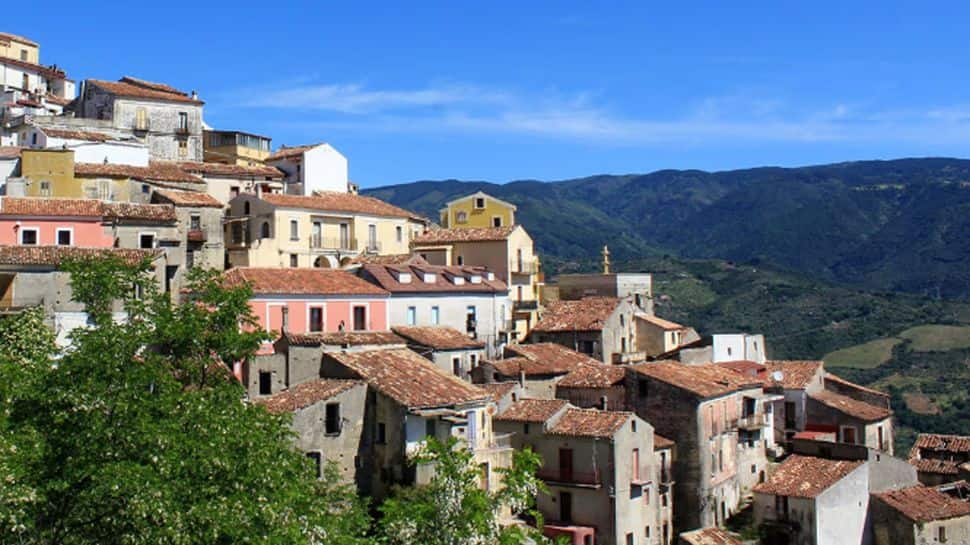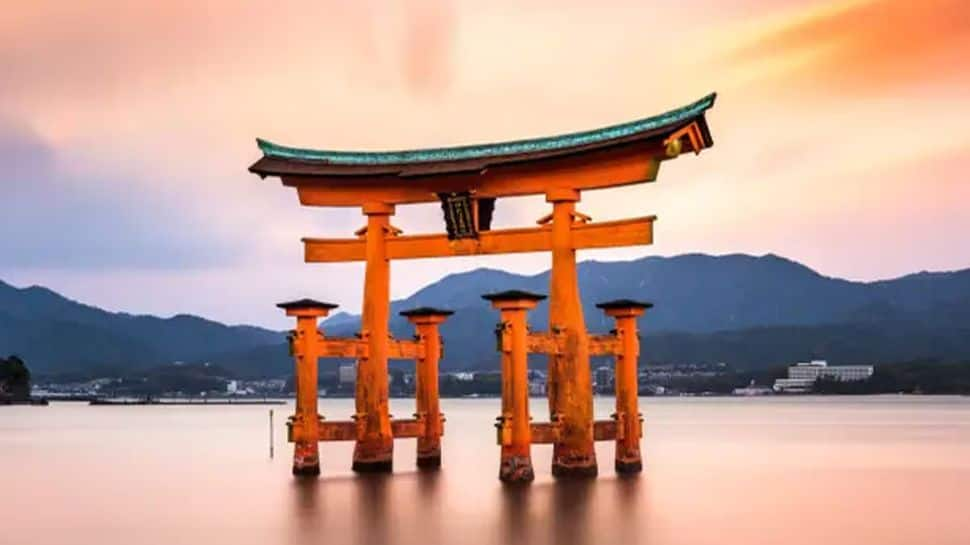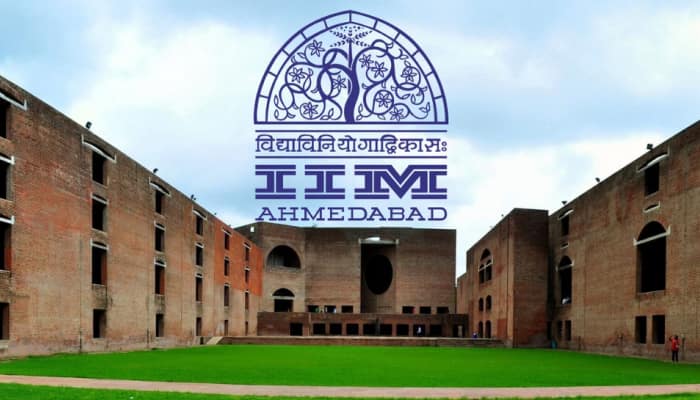Shocking But True: 5 Cities Where 'Dying' Is Actually Illegal
Imagine living in a city where dying is against the law! In Longyearbyen, Norway, it’s too cold to bury people, and in Cugnaux, France, a ban on dying was used to get permission for a new cemetery. These cities have some of the most surprising and unusual rules around.
Imagine living in a city where dying is against the law! In Longyearbyen, Norway, it’s too cold to bury people, and in Cugnaux, France, a ban on dying was used to get permission for a new cemetery. These cities have some of the most surprising and unusual rules around.
Cugnaux (France)
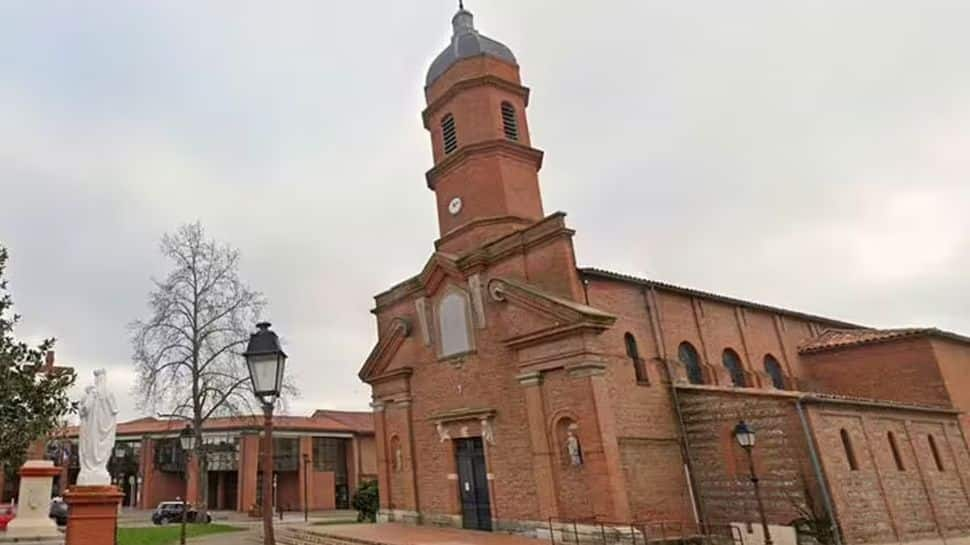
Le Lavandou (France)
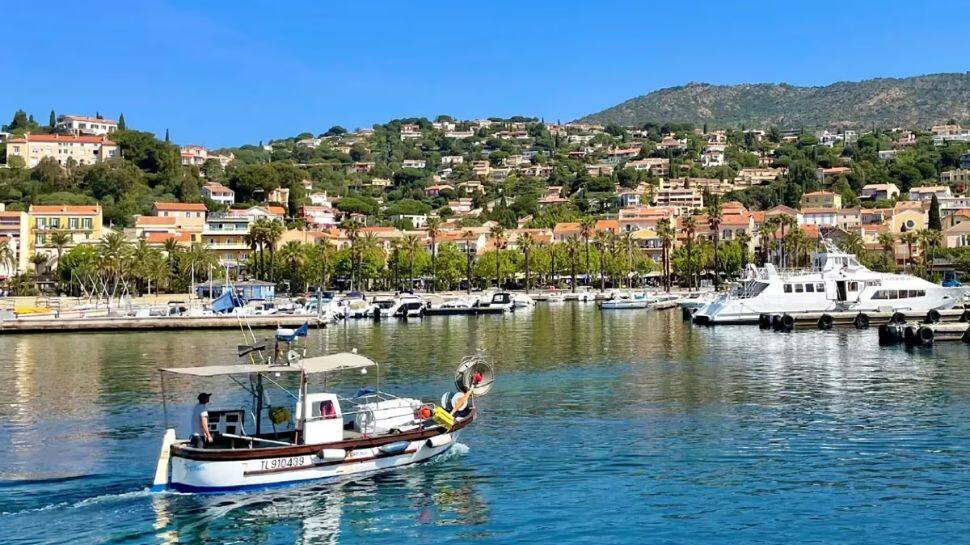
Longyearbyen (Norway)
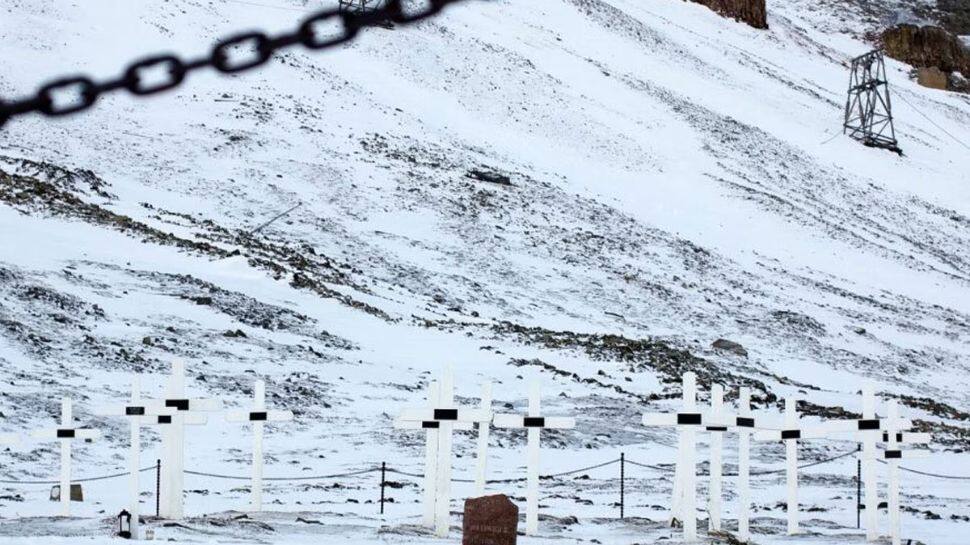
The main city of Norway's Svalbard Island, Longyearbyen, has a 'no death policy.' This isn't just because it's a remote location; the real issue is that bodies buried here do not decompose due to the extreme sub-zero temperatures. As a result, the city's cemetery has not accepted new burials since 1950.
Sellia (Italy)
